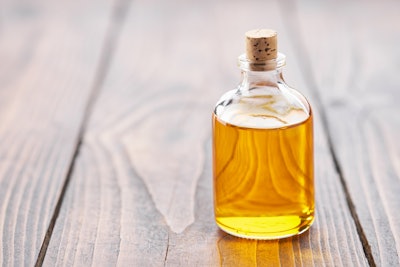
Animal fats may be the next big thing in dieting. Can the chicken industry cash in on the trend?
Seed oils
In the past two years, social media influencers became increasingly critical of the role of seed oils in the U.S. diet. True believers say removing these oils derived from plants can solve to a slew of health problems.
Because social media trends, celebrities and Joe Rogan move the needle with consumers, interest peaked. Rhetorically, the argument makes some sense. Especially if viewed from an animal agriculture perspective.
In human history, seed oil opponents would say, the human diet was always centered around meat and animal products. Domestic animals and human society developed together so dairy products, meat and animal tallow became essential to the diet.
Only in recent history, with the explosion of processed food and urbanization of society, did vegetable oils enter the human diet to their current point of saturation. Eating animal fats instead of vegetable oils is more natural, they might say.
The truth of those arguments is hazy. Historically, seed oils are not new to cooking or chemistry with a history stretching to antiquity around the world. Dieticians observing the topic from a nutritional angle agree eating lots of high-fat, processed food or foods fried in any kind of oil is not the best decision. However, when closely examining seed oils they say there’s conflicting studies and little difference between any other cooking fat.
Fat
Nevertheless, if shoppers make up their mind that soy makes them feminine or that the hateful eight seed oils are toxic, then the market should respond with products to fit their needs.
There’s an opportunity for the American chicken industry to create a shelf-stable or liquid poultry fat product for use in cooking. One young company, Fatworks, already markets jarred tallows and oils from common and exotic animals (wild boar fat, anyone?).
In its marketing materials, it appeals to those skeptical of vegetable oils and those looking for a paleo or primal style diet.
The chicken fat is certainly available and there’s likely a way to collect the most sought-after oils from the organic, vegetable-fed, etc. birds. Integrators could market this to specific consumers looking to follow a trend or maybe to niche food service customers interested in capitalizing on a trend and using animal fat to differentiate their product.
Offal
Another, stranger trend following along with the rejection of seed oils is the embrace of organ meats. Some following carnivore diets, or paleo and primal diets which supposedly echo the diets of the hunter/gatherer man, are eating and preaching about organ meats.
While organs will raise eyebrows and maybe turn stomachs in the U.S., the are commonly eaten around the world. Chicken processors already pack chicken livers, but is there an opportunity for greater exploitation of a nutritional superfood?
The chicken industry already uses less desirable meat affected by breast meat myopathies for further processed products. Perhaps there’s an opportunity to use organ meats in a further processed product marketed to health conscious or paleo dieters.


















